Please help i.d. this washy (pics)
earthworm73
12 years ago
Related Stories

EXTERIORSHelp! What Color Should I Paint My House Exterior?
Real homeowners get real help in choosing paint palettes. Bonus: 3 tips for everyone on picking exterior colors
Full Story
SUMMER GARDENINGHouzz Call: Please Show Us Your Summer Garden!
Share pictures of your home and yard this summer — we’d love to feature them in an upcoming story
Full Story
HOME OFFICESQuiet, Please! How to Cut Noise Pollution at Home
Leaf blowers, trucks or noisy neighbors driving you berserk? These sound-reduction strategies can help you hush things up
Full Story
ORGANIZINGDo It for the Kids! A Few Routines Help a Home Run More Smoothly
Not a Naturally Organized person? These tips can help you tackle the onslaught of papers, meals, laundry — and even help you find your keys
Full Story
GARDENING GUIDESGreat Design Plant: Ceanothus Pleases With Nectar and Fragrant Blooms
West Coast natives: The blue flowers of drought-tolerant ceanothus draw the eye and help support local wildlife too
Full Story
LIFEDecluttering — How to Get the Help You Need
Don't worry if you can't shed stuff and organize alone; help is at your disposal
Full Story
GARDENING GUIDESGreat Design Plant: Silphium Perfoliatum Pleases Wildlife
Cup plant provides structure, cover, food and water to help attract and sustain wildlife in the eastern North American garden
Full StorySponsored
More Discussions






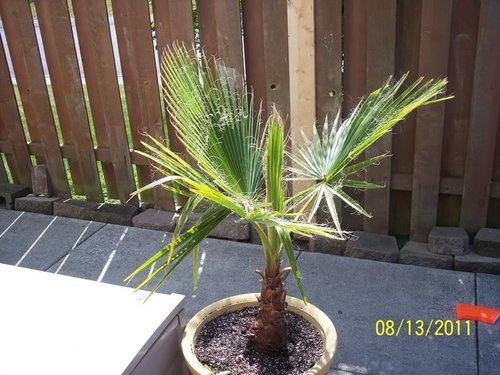
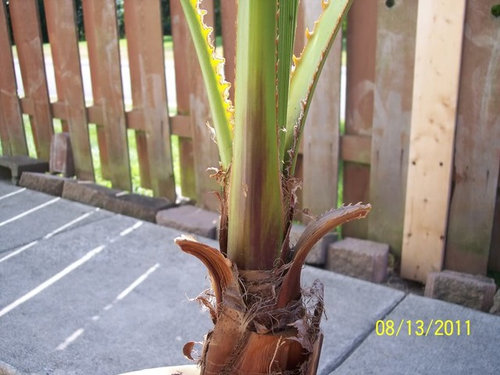




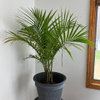
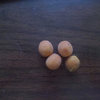
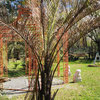
jimhardy
tropicalzone7
Related Professionals
Allen Landscape Architects & Landscape Designers · Woburn Landscape Contractors · Addison Landscape Contractors · Bellefontaine Neighbors Landscape Contractors · Davis Landscape Contractors · Fort Hunt Landscape Contractors · Fort Wayne Landscape Contractors · Kaysville Landscape Contractors · Merced Landscape Contractors · Oviedo Landscape Contractors · Pomona Landscape Contractors · Costa Mesa Window Contractors · Marietta Window Contractors · Town 'n' Country Window Contractors · Glen Burnie Window ContractorsUser
earthworm73Original Author
User
wetsuiter
wetsuiter
earthworm73Original Author
wetsuiter
User
wetsuiter
jimhardy